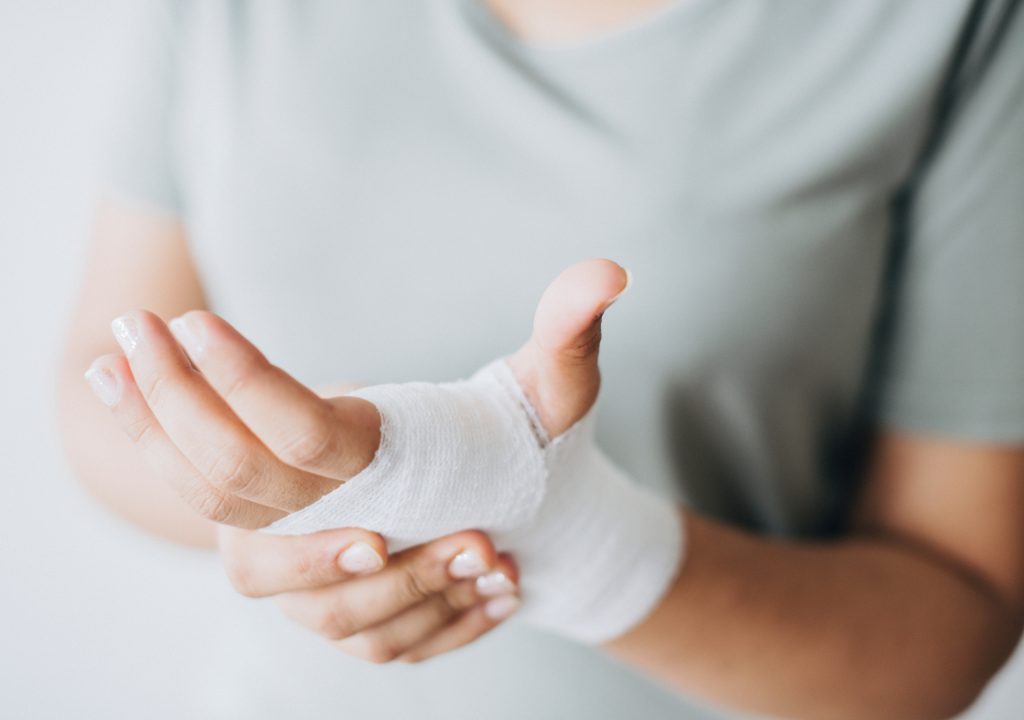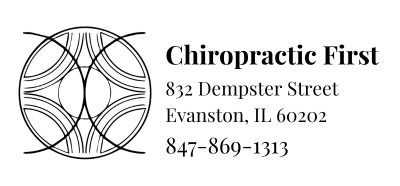5 Tips for Moving Your Body After an Injury

Motion is really important after an injury. If you don’t keep moving your body, you can make your injury far worse. And motion is really risky after an injury. If you do it wrong, you can make your injury far worse. What are you supposed to do?!
Here are my top 5 tips for how to respond to an injury:
- Do slow and gentle, non-weight bearing movement
If your knee is injured, while seated, slowly and gently bend your knee. If your wrist is injured, slowly and gently roll it in circles in addition to bending it. This is your chance to remind your body what kind of motion you want to be able to do. If you don’t, your body will likely create scar tissue that will lead to stiffness. - Take a long hard look in the mirror
When you get injured, your body starts moving differently to compensate for the injury. It is this altered motion that can lead to further injuries. Because of the way your nerves work following an injury, you probably won’t be able to feel this difference. When you are doing the slow, gentle movement in Tip 1, look in a mirror. Compare the motion of your non-injured side to the motion of the injured side. Make sure your body is moving in the same even lines. - Move your body for your body
Try passively moving your injured body part. This is especially important if you are unable to move correctly or unable to move without pain. Passive motion is being totally relaxed and letting your body be moved without using the muscles in that area. For example, passive motion of your right wrist would involve using your left hand to move your right wrist. Or relaxing your foot and using your hands to move your ankle. For joints like shoulders and hips, ask a family member or friend to do it for you. You want to do this about twice a day. - Feel the balance
After an injury, your muscles are going to contract and relax differently than they used to. If you aren’t careful, that will lead to more injury. Make sure you are counteracting that by feeling your muscles as you move. If you hurt your knee or hip, put one hand on each of your thighs. Slowly squat down. Feel if both of your thigh muscles contract evenly. Try this same thing again on the inside, outside and (if you can) on the backs of your thighs. If the muscles are not contracting evenly—proceed with caution! This will increase your likelihood of injury. Come in and get adjusted before you do any sort of workout. Chiropractic can help your muscles to correctly engage. - Pay attention to the pain
Pain is your body’s way of getting your attention. Listen to it! Motion may feel stiff or sore. But do not do anything that hurts. Even if you don’t cause more injuries, moving with pain can set you up for longer term chronic pain problems. Stick with passive motion if you feel pain when you move. Chiropractic can help you get your body back to a place where you can move without pain. Get adjusted as soon as you can after an injury.




Trackbacks/Pingbacks
[…] you can do after an injury is to stop moving. It is something I’ve written about many times (here, here and here.) However, my colleague’s paper discussed new research on why motion is so […]